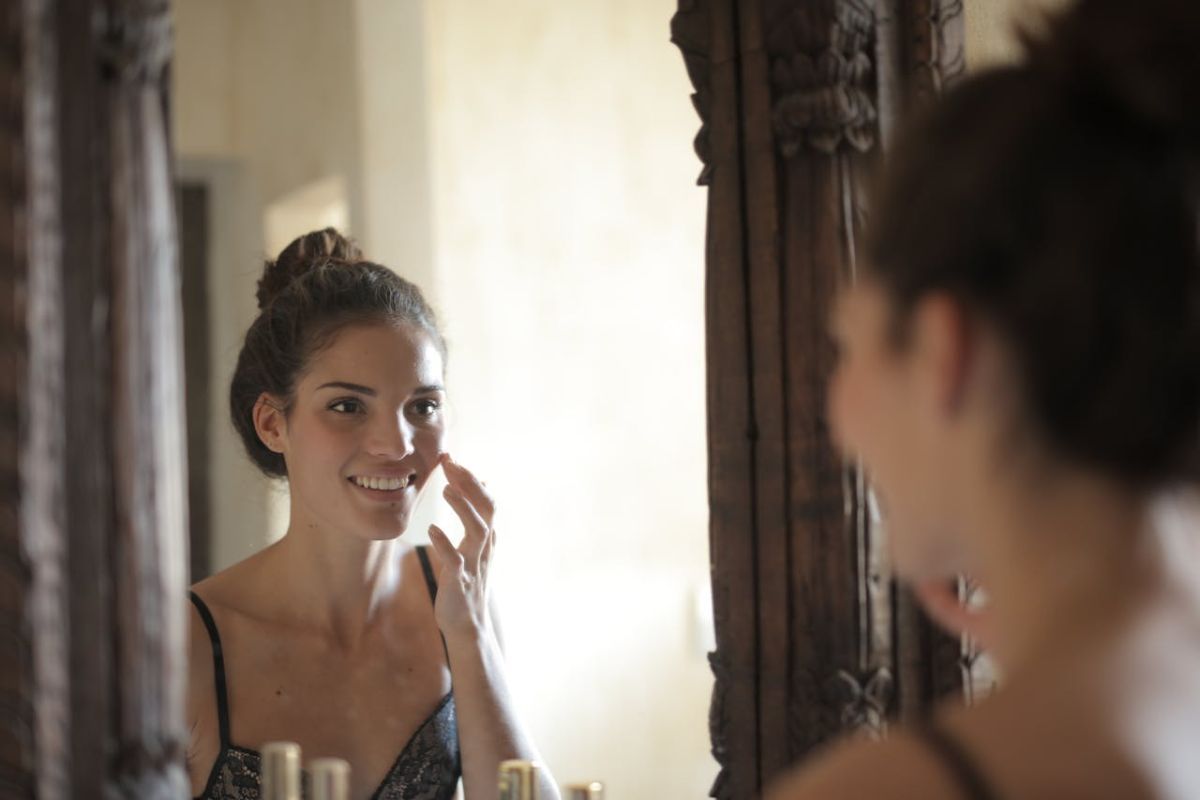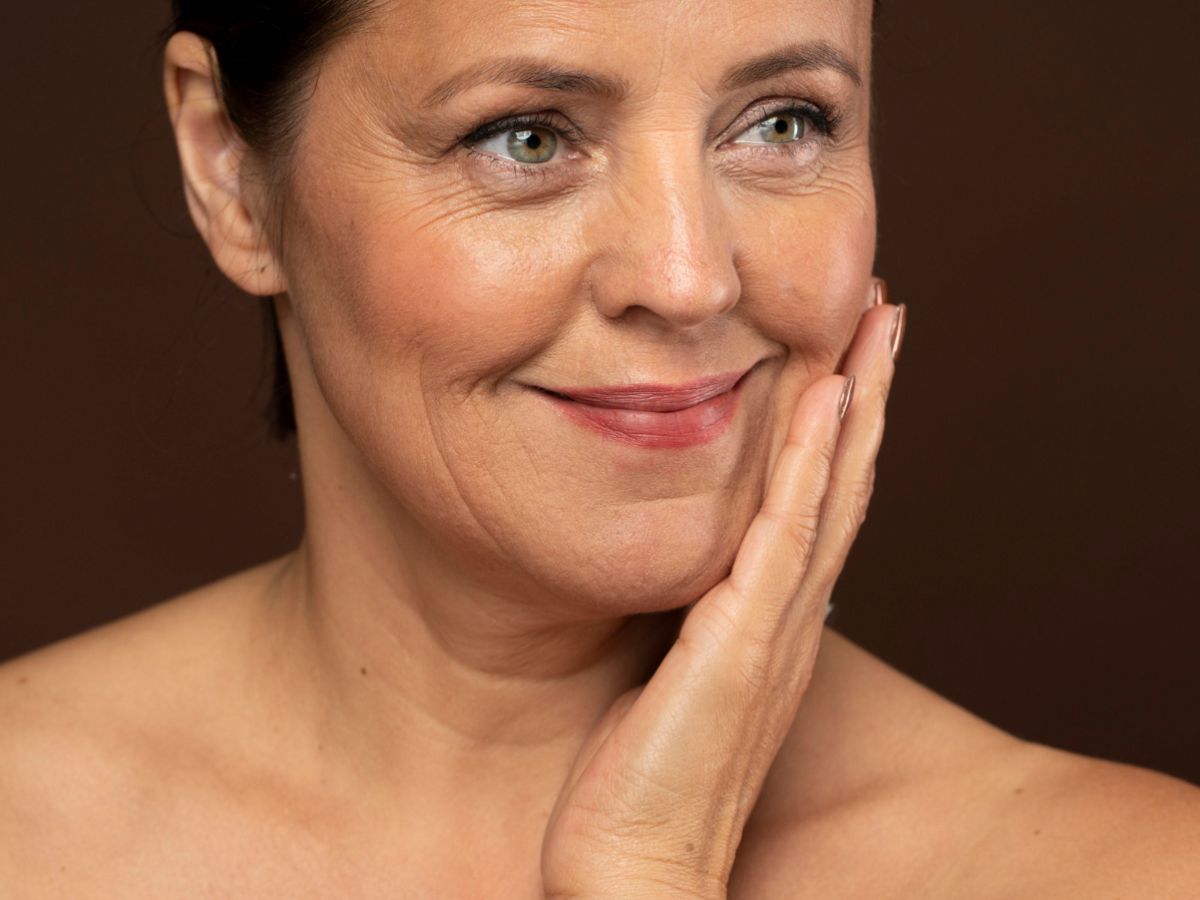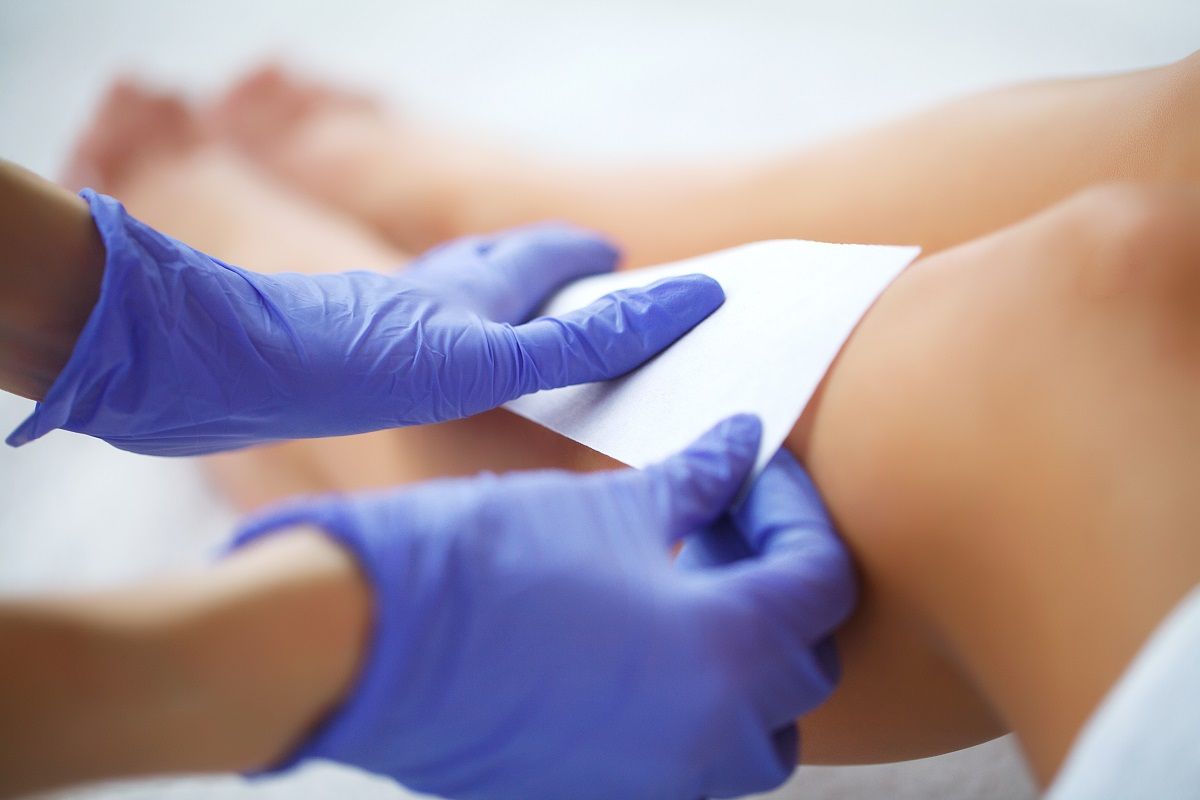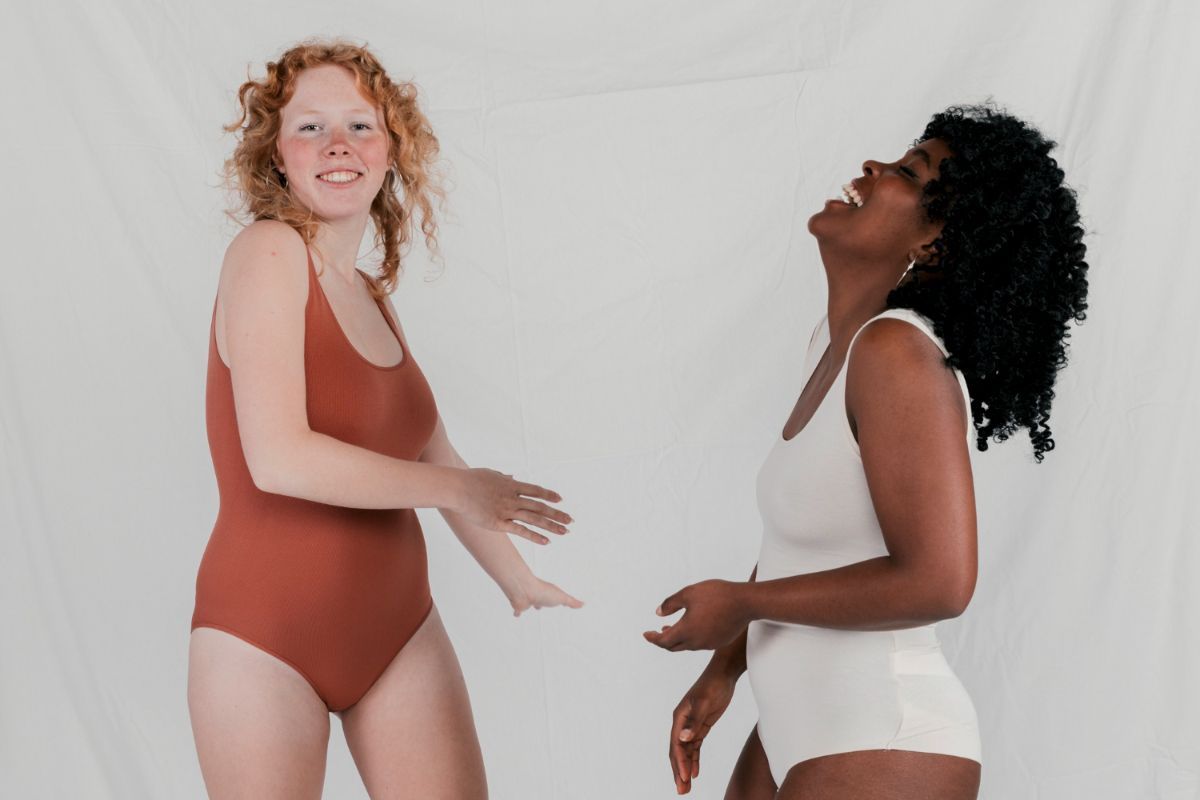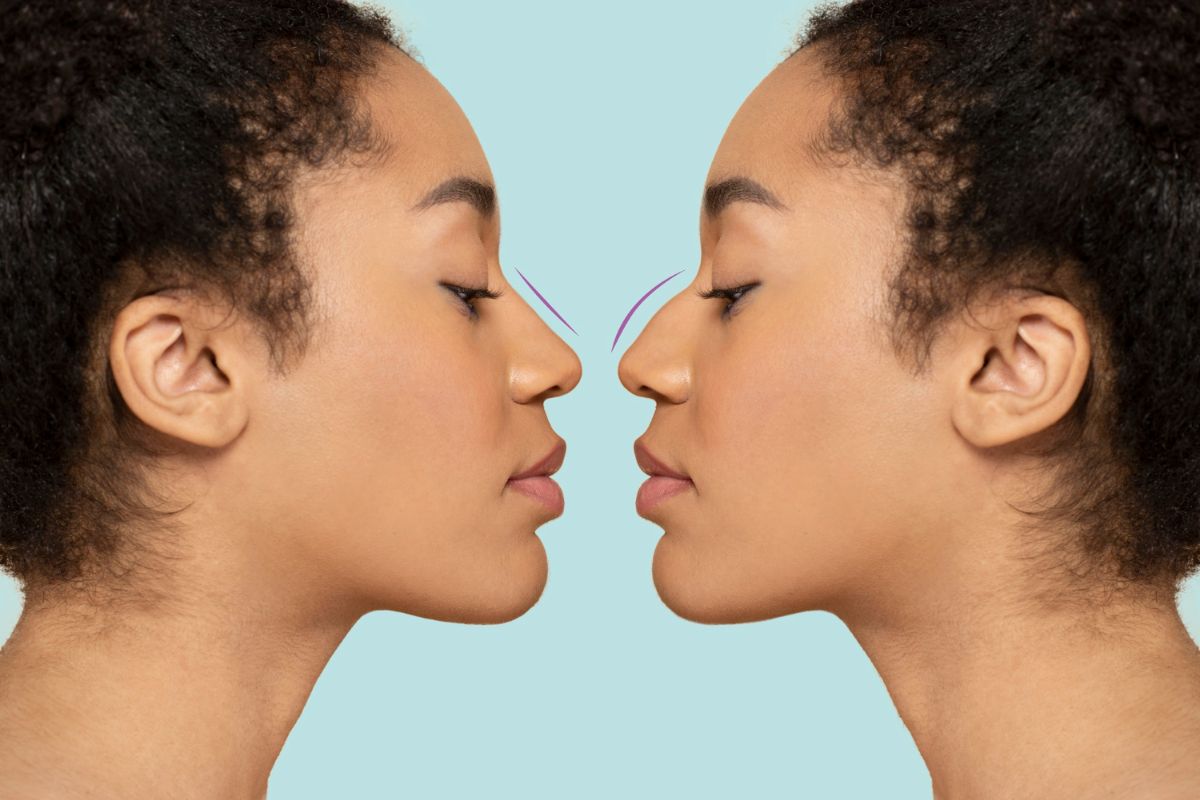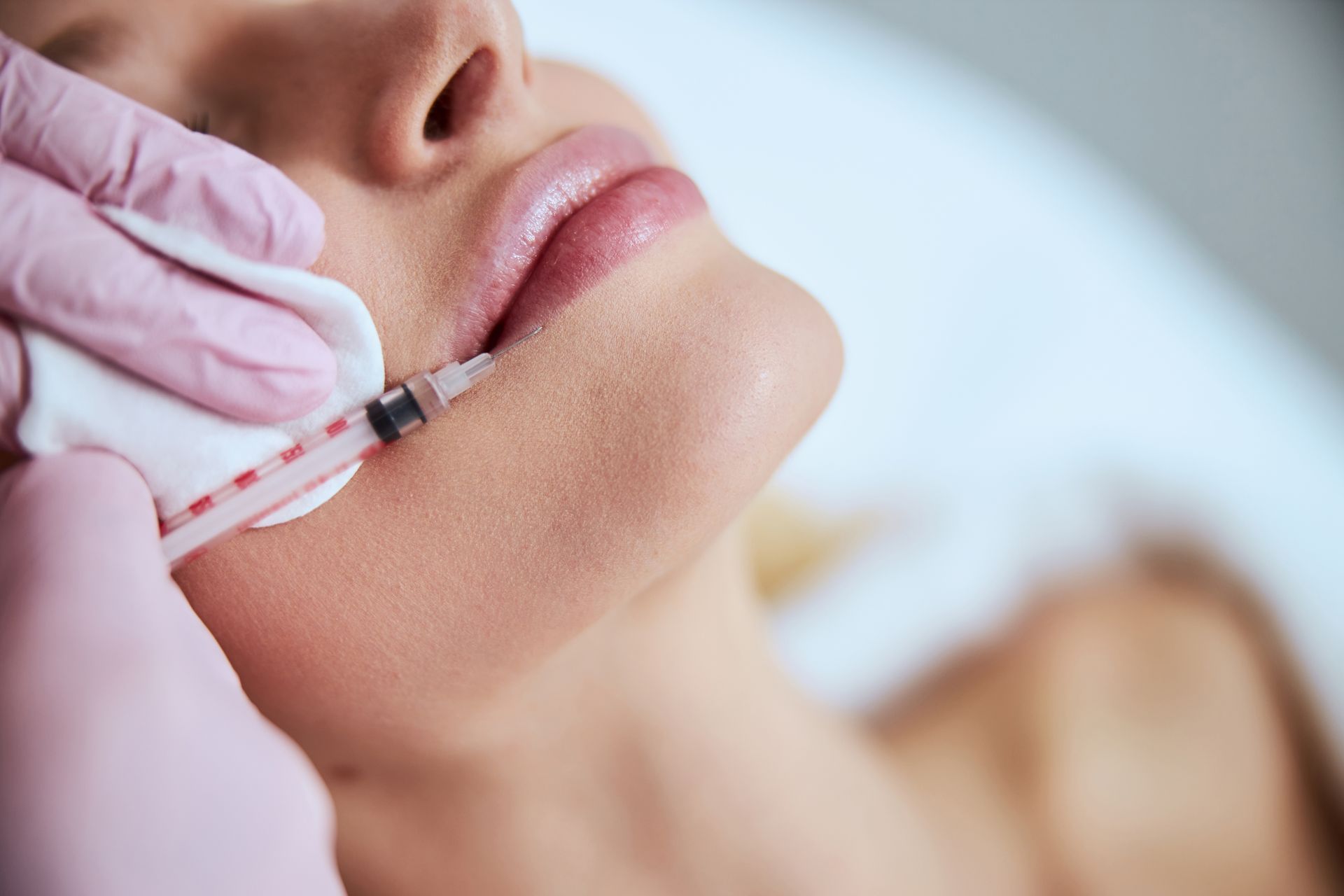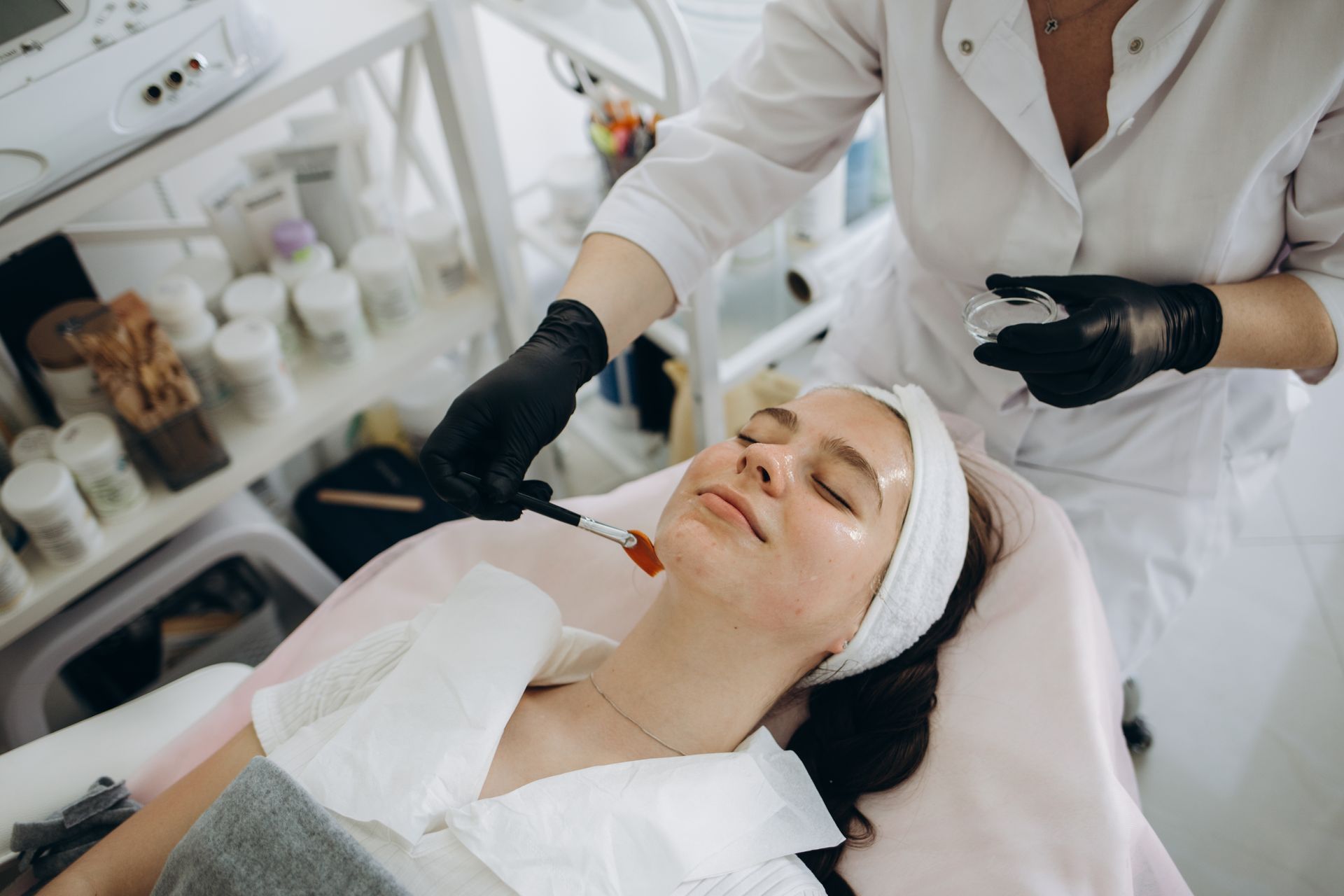Buccal Fat Removal: What You Need to Know
Have you ever wished for a more sculpted, defined look on your face? Many people are turning to a cosmetic procedure called buccal fat removal to help them achieve this look.
This procedure targets buccal fat, a collection of fatty tissue located in the cheeks that can mask your natural cheekbones and reduce your facial contours. By removing this excess fat, you can showcase your actual facial shape and enjoy a more confident, sleek appearance.
If you’re considering this cosmetic option or simply curious about its benefits, read on to discover the transformative possibilities of buccal fat surgery. We'll walk through everything you need about this option, from candidacy to what to expect during recovery.
Buccal Fat Procedures
Buccal fat is a collection of fatty tissue located in the cheeks. It is a cushion-like pad situated between the cheekbone and the muscles of the face. Buccal fat contributes to your face's unique shape and fullness, and the amount of buccal fat can vary from person to person.
You can achieve the facial rejuvenation or enhancement that you've been longing for by choosing one or a combination of these buccal fat procedures:
Buccal Fat Removal
Are you looking to achieve a more chiseled and defined look for your face? This cosmetic treatment involves removing fat pads in your cheeks to reduce their fullness and give you a more sculpted appearance. It's a popular choice for those who want to contour their facial features and achieve a more confident look.
Buccal fat removal surgery is typically performed through incisions inside the mouth. This procedure helps highlight cheekbones and sharpen your facial contour.
Buccal Fat Augmentation
Do you desire fuller and more youthful cheeks? Unlike the buccal fat removal procedure, buccal fat augmentation involves adding fat or filler material to enhance the volume of your cheeks. It's an excellent option for those with hollow or sunken cheeks who want a bolder, more vibrant look.
Dermal fillers or grafting can be used for
buccal fat augmentation, depending on the patient's preferences and the surgeon's recommendations.
Non-Surgical Facial Contouring
Are you looking for ways to contour your face without facial plastic surgery? Then, you should explore non-surgical alternatives that can help you achieve a symmetrical look. These alternatives usually involve injectable fillers, like hyaluronic acid-based dermal fillers, which work wonders by adding volume to your cheeks and enhancing facial symmetry.
While non-surgical treatments offer temporary results and may require ongoing maintenance, they appeal to individuals seeking less invasive options or those not qualifying as candidates for surgical procedures.
Why Choose Buccal Fat Removal?
Removing the buccal fat is a cosmetic procedure that can help people with excess cheek fat highlight and define their cheekbones. Unlike non-surgical facial contouring options, the results of buccal fat reduction are generally permanent, which means that once the excess fat is removed, it does not typically return.
This facial cosmetic surgery is typically done on an outpatient basis while the patient is under local anesthesia with sedation or general anesthesia. The incisions are made inside the mouth, which minimizes visible scarring and reduces the risk of complications associated with external incisions.
Who’s Eligible to Get Buccal Fat Removal?
If you're considering buccal fat reduction, you should keep a few things in mind. First, eligibility for this procedure depends on various factors, including your unique anatomy, aesthetic goals, and overall health.
While it's always a good idea to consult with a qualified plastic surgeon to determine if you're a good candidate for cheek fat removal, here are some general considerations that may help you decide whether this procedure is right for you.
1. Ideal candidates for cheek reduction surgery typically have full or round cheeks due to excess buccal fat and desire a more sculpted or contoured facial appearance.
2. Candidates should have a stable weight since significant fluctuations in weight can affect the outcome.
3. Eligible individuals should be free from any underlying conditions that could increase the risks associated with surgery.
4. Smoking can impair healing. In some cases, it can raise complications during and after surgery. If you smoke, the surgeon may advise you to quit before undergoing buccal fat reduction.
5. Candidates must have realistic expectations about buccal fat outcomes. While the procedure can help reduce cheek fullness and create a more chiseled contour, it may not dramatically alter other facial features or address concerns unrelated to the cheeks.
If you're considering cheek fat removal, it's crucial to consult with a skilled plastic surgeon. Your surgeon will examine your facial anatomy, discuss your goals, and offer personalized recommendations tailored to your unique needs. You can also ask for “buccal fat removal before and after” photos to align your expectations well.
Long-Term Results and Beyond
Here's what you can generally expect during the first week, month, and beyond after undergoing buccal fat reduction:
First Week After Buccal Fat Removal
1. Swelling and bruising may occur during the first week following the removal. These bumps can be most pronounced in the cheek area but may also affect the jawline and surrounding areas.
2. Some discomfort and pain may manifest after surgery. Your surgeon may prescribe pain medication to address the discomfort.
3. Your surgeon will advise you to follow a soft or liquid diet for the first few days after surgery to avoid putting pressure on the surgical site and facilitate healing.
4. During the initial recovery period, your surgeon may advise you to avoid exercise, lifting heavy objects, or bending over.
5. You'll likely have a follow-up appointment with your surgeon within the first week to monitor your healing progress.
First Month After Buccal Fat Removal
1. Swelling typically peaks within the first week after buccal surgery and gradually subsides during the first month. However, some residual swelling may persist for several weeks or even months.
2. Discomfort and pain should diminish as the days and weeks pass. As tolerated, you may gradually transition to a more regular diet, although it's essential to continue avoiding hard or crunchy foods.
3. You may gradually resume normal activities depending on your healing process and your surgeon's recommendations. However, it remains important to avoid activities that could strain the facial muscles or compromise healing.
4. If your surgeon performed the incisions in your mouth, they should begin to heal during the first month. Your surgeon may provide instructions for caring for the incision sites to minimize scarring.
Beyond the First Month
- It may take several months to see the final results as swelling diminishes and the tissues settle into their new shape. Over time, your cheeks should gradually appear slimmer and more contoured.
- You'll likely have additional follow-up appointments with your surgeon to assess your progress and ensure you heal properly.
Remember that everyone's healing process is unique, whether you're undergoing facelift surgery or a buccal fat procedure. So, it's essential to follow your surgeon's post-operative instructions and reach out if you have any concerns during your recovery journey.
Transform Your Cheek Contours with Hilton Head Plastic Surgery
Buccal fat removal is a transformative option for individuals seeking to sculpt and enhance their facial contours by addressing excess cheek fat. Eligibility for buccal fat procedures hinges on several crucial factors, including individual anatomy, aesthetic objectives, and overall health.
Collaborate with Hilton Head Plastic Surgery and Medspa and let buccal fat reduction help you achieve your desired facial harmony. Our qualified plastic surgeon conducts thorough consultations for buccal fat surgery, so you only get personalized recommendations tailored to your facial anatomy and goals.
Discover your ideal cheek look today!
Hilton Head Plastic Surgery & MedSpa offers a wide range of safe and effective methods for achieving a more attractive and youthful appearance, from non-surgical and minimally-invasive MedSpa treatments to cosmetic or reconstructive surgery.
Fax (843) 689-3742
Hilton Head Plastic Surgery & MedSpa LLC | All Rights Reserved.

